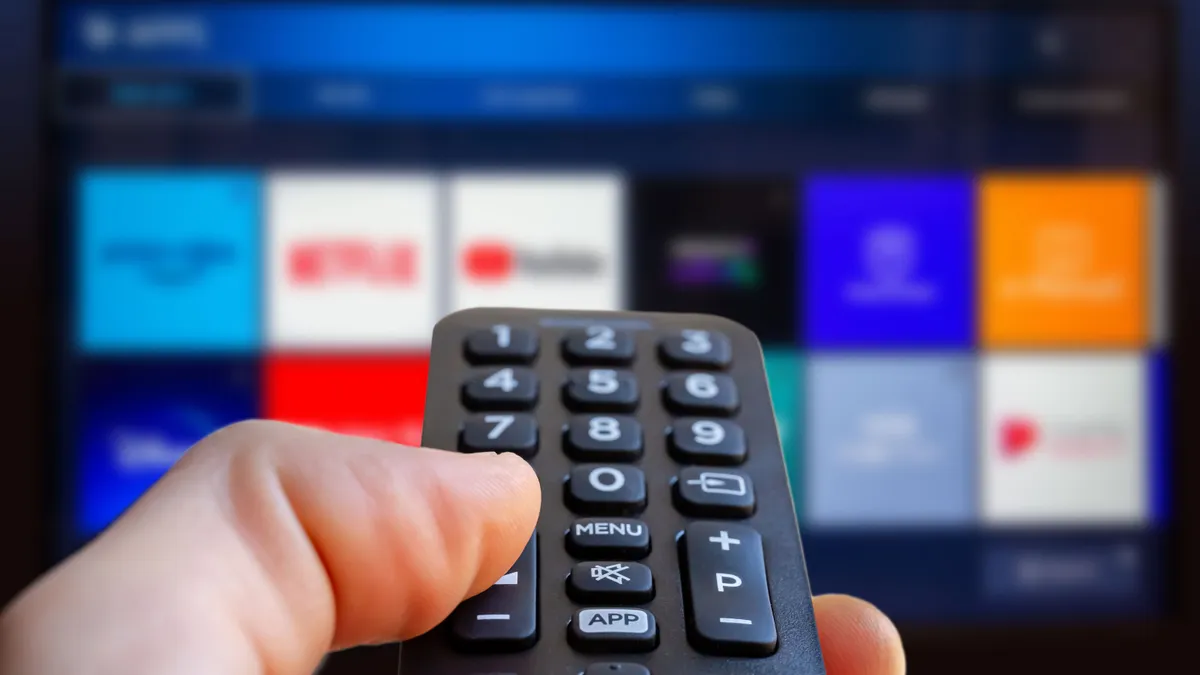The following is a guest post by Chris Gannett, president of EarBuds. Opinions are the author's own.
We've been hearing about the pending "death of advertising" for years, with ever-increasing ads having less and less influence on actual consumer decisions. Today, the up to 10,000 ads we see every day makes each of them less impactful. It turns out that hitting people in the face with a fire hose is actually a bad way to convince them they should take a drink.
But despite the diminishing returns across the industry, advertising is resilient. Consider the impact on ad spend during the COVID-19 pandemic: despite an initial (and sharp) decrease in the early months of the crisis, digital ad spending actually increased 12% last year.
Now as the world reopens, it's not just Facebook and Google that are benefiting from the boom. As New York Times Media Columnist Ben Smith wrote recently, "... travel companies, liquor companies and basically everyone else hoping to capitalize on a wide open summer and the marketing dream of a post-pandemic Roaring Twenties economic boom have begun pouring money into advertising on virtually every platform, but digital media most of all."
But do all these ads actually hit their mark and have an impact? Much of the data suggests they don't. Back in 2013, for example, eBay performed a now-famous study that showed "many paid [online] ads generate virtually no increase in sales and even for ones that do, the sales benefits are far eclipsed by the cost of the ads themselves." Now, with Apple unveiling its new iOS update that enables users to stop apps from tracking them for ad targeting purposes, the industry is once again at a crossroads because less data about consumers may equate with even less effective ads.
So how should marketers adapt to reach consumers, including younger generations who are increasingly skeptical of brands? One of the most recent "solutions" to this question, influencer marketing, has now seen its own struggles as influencer engagement rates were plummeting even before the pandemic hit. To avoid simply throwing more money at the problem, the answer lies in getting creative and meeting consumers where they are.
Here are the four predictions for how marketing and advertising will continue to evolve in the post-COVID-19 world.
Experiences go digital
As the world reopens, in-person experiences are in high demand. Some airlines have seen an upward of 300% increase in bookings while demand for concert tickets swells as well. But the future of the experience economy is also digital. As Ad Age noted, "Today your digital life is every bit as important as your analog life because everything starts online, from the way people connect and interact with one another to how they do business or entertain themselves."
Along those same lines, Deloitte also recently found that young people prefer to play video games, stream music and engage on social media rather than just watch TV or movies. This desire for active experiences rather than passive consumption highlights the importance of creating online moments that engage with users in an authentic way. A notable example of this was the introduction of virtual races and runs from the New York City Road Runners and other racing organizations, which increased participation and delighted runners who could not participate in-person.
The creator economy evolves
As the aforementioned Deloitte report suggests, millennials and Gen Z don't want to just consume, they want to create and participate in sharing content. We only have to look at the rise of YouTube, Snapchat, TikTok and other platforms that enable users to create and share video content to see that this is the case. But the future of the creator economy is moving beyond video, with gaming platforms like Roblox a notable example. Brands will need to directly involve consumers and build a community by allowing them to share videos, audio messages, personalized images and more. When the consumer becomes the creator, they feel connected and more loyal to the brand.
Content is king
The value of content to drive consumer action is well known. Just look to affiliate and referral programs, where brands pay media outlets like The New York Times' Wirecutter for sales generated through articles and other content. Brands should not only buy into affiliate programs but also build out their own compelling content strategies. By creating engaging written, video and audio content (which has seen a resurgence with the rise of social audio apps like Clubhouse and also smart home devices from the likes of Sonos and Amazon), brands can target specific audiences with enthralling messages and create high-conversion rates buying opportunities.
The metaverse takes over
Many aspects of the previous predictions are colliding with what's known as the "metaverse." Loosely defined as a series of growing internet-connected digital worlds where people can express themselves, interact and share augmented and virtual reality experiences, examples of the metaverse include interactive world-building games like Fortnite. Early and massively successful metaverse events, such as Travis Scott's Fortnite video game concert, combined music, gaming, commerce and a communal experience, highlighting that cross-platform experiences like this can dominate their respective mediums and illustrating the growing opportunities for brands to reach enthusiastic audiences in the metaverse.
While traditional advertising will continue to linger, futuristic, personalized and engaging means of marketing have emerged and are rapidly evolving. Brands that effectively leverage the new mediums and methods will be poised to create generations of loyal and engaged audiences for years to come.






















